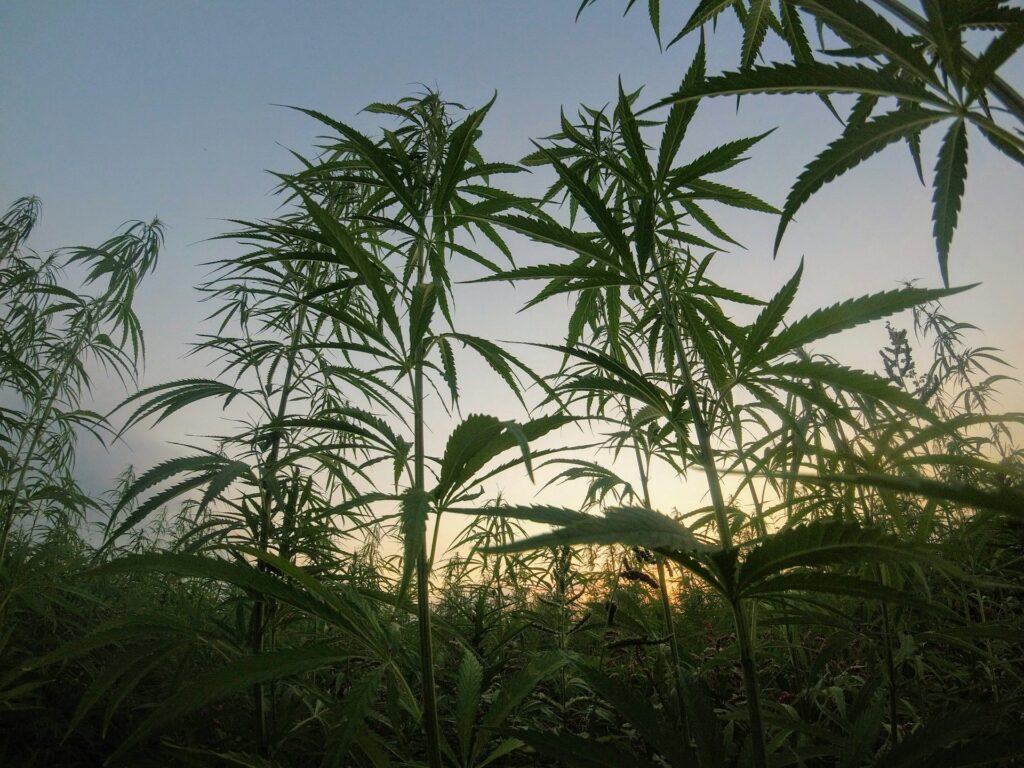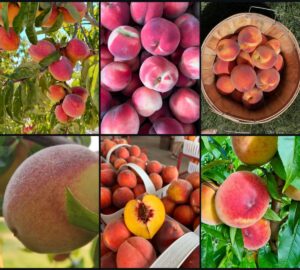Disclaimer: This article, is intended for informational purposes only. It aims to provide insights into the complexities of marijuana use and its potential for dependency. The content does not constitute medical advice. If you or someone you know is struggling with substance use or addiction, we encourage seeking professional help and support. Individual experiences with cannabis can vary widely, and the information presented here should not be taken as a blanket statement regarding marijuana use or its effects. Always consult with a healthcare professional for guidance tailored to your situation.
In recent years, the green wave of marijuana acceptance has swept across the globe, ushering in an era of legalization and newfound freedom. The scent of cannabis fills shops, festivals, and conversations, often accompanied by a sense of rebirth and relaxation. Yet, beneath the surface of this cultural renaissance lies a less glamorous reality: the dependency that can ensnare even the most casual of users.
 Pin
Pin Image by Matteo Paganelli from unsplash
While many celebrate its enjoyment, few pause to consider the darker dimensions of cannabis use—the subtle shifts in dependency that emerge from social pressures, psychological struggles, and the addictive nature of the substance itself.
How does the journey from occasional use to addiction unfold?
What societal factors contribute to this transition?
Table of Contents
The Illusion of Harmlessness - Confronting Marijuana Addiction
Understanding marijuana addiction is essential, particularly as societal perceptions of the drug evolve. Although marijuana is commonly viewed as less harmful than other substances, it is important to acknowledge that it can indeed lead to marijuana use disorder (MUD) in some individuals. The National Institute on Drug Abuse (NIDA) has conducted extensive research into this issue, revealing that “approximately 9% of users develop an addiction,” a figure that escalates significantly for those who begin using marijuana in their teenage years.
This statistic underscores that, while many may casually use marijuana without issues, a significant subset of the population faces the risk of addiction. The potential for dependence is particularly pronounced among adolescents. NIDA notes, “the earlier individuals start using marijuana, the more likely they are to develop problems with it.” This emphasizes the crucial need for education and prevention, especially targeting younger audiences who might perceive marijuana as benign.
Experts define marijuana use disorder as a condition characterized by an inability to stop using the drug despite it causing negative consequences in a person’s life. Symptoms can range from withdrawal feelings and cravings to significant impairment in daily functioning. For those struggling with MUD, “the drug can become a priority,” often leading to declines in academic performance, work-related challenges, and strained personal relationships.
The perception that marijuana is a harmless herb shapes public attitudes and behaviors towards its use, leading to underestimations of its potential risks. Many users might say, “I can quit anytime I want,” yet the reality of addiction complicates this belief. Dependency can manifest as a physical and psychological need for the drug, reflecting the complexity of addiction itself.
Understanding the nature of marijuana addiction involves recognizing both its biological and psychological dimensions. The interplay between genetics, mental health, and social environments plays a crucial role in determining an individual’s susceptibility to developing MUD. As more individuals embrace marijuana for its therapeutic benefits, it becomes increasingly vital to approach its use with caution.
Wired for Weed - The Brain's Role in Marijuana Addiction
Biological factors play a crucial role in understanding marijuana addiction. Central to this phenomenon is the presence of cannabinoids, particularly tetrahydrocannabinol (THC), which are active compounds found in the marijuana plant. These cannabinoids interact with the brain’s reward system, eliciting feelings of euphoria. A detailed analysis reveals that THC binds to cannabinoid receptors in the brain, primarily the CB1 receptors, which are abundant in areas associated with pleasure, memory, and coordination.
As users engage in regular marijuana consumption, their brains undergo significant chemical changes. “With continued use, the brain’s chemistry adjusts,” indicating how the neurobiological processes of reward and reinforcement are affected. This adjustment often results in a decreased sensitivity to natural rewards, such as food, social interactions, or other enjoyable activities. Such changes bring forth a diminished ability to derive pleasure from everyday life.
The phenomenon of increased tolerance to THC emerges as a critical aspect of dependence. As users become more tolerant, they require larger doses of marijuana to achieve the same euphoric effects previously experienced. “Consequently, users may consume larger amounts to achieve the same effect.” This escalating pattern of use creates a feedback loop, where the need for higher doses intensifies, thereby enhancing the likelihood of addiction.
The interplay between THC and the brain’s reward system exemplifies the biochemical foundation of marijuana addiction. Over time, the rewired circuits may prioritize the drug over natural rewards, further entrenching dependence. Individuals might find themselves trapped in a cycle of seeking marijuana to feel joy, a stark contrast to their ability to enjoy life without it. This dynamic underscores the significance of biological factors in the development of addiction, emphasizing that marijuana dependency is not merely a matter of choice but also a complex interaction between substances and brain chemistry.
Peer Pressure and Pot - The Social Landscape of Marijuana Use
Marijuana addiction is not solely a matter of individual choice or biology; it is significantly influenced by environmental and social factors. The setting in which individuals find themselves can dramatically shape their relationship with cannabis, influencing their likelihood of developing dependency.
One critical aspect is the impact of peer influence. Research shows that individuals who are surrounded by friends or acquaintances who regularly use marijuana are more likely to experiment with the substance themselves. As highlighted in studies, “A network of peers who use drugs can create a normative environment that encourages substance use.” This peer pressure creates a culture where cannabis use becomes normalized, making it easier for individuals to indulge without considering the long-term consequences.
Familial attitudes also play a significant role in shaping one’s perception of marijuana. Families that exhibit openness or acceptance towards drug use may inadvertently cultivate an environment where cannabis experimentation is less discouraged. “When families communicate positive or neutral attitudes toward marijuana, children may adapt similar views, leading to increased likelihood of use.” Conversely, households that strongly discourage drug use may instill in children a cautious approach to cannabis, reducing their chances of developing an addiction.
Socioeconomic conditions further complicate the issue. Individuals from lower socioeconomic backgrounds often contend with heightened stressors, such as financial instability and lack of access to mental health resources. These stressors can make marijuana a more appealing option for coping. As noted by experts, “In high-pressure environments, individuals are more likely to seek out substances like marijuana as a means of escape from their reality.” Thus, for those living in high-stress situations, cannabis use may become a coping mechanism, escalating the risk of addiction.
Supportive environments can make a significant difference in navigating substance use. People in nurturing, understanding settings may be better equipped to handle stress and may not resort to drug use as a primary coping strategy. “A strong support network can act as a buffer against the appeal of substances, fostering healthier strategies for coping with life challenges.”
Environmental influences—ranging from social circles and family attitudes to socioeconomic status—are pivotal in shaping an individual’s journey with cannabis. Understanding these factors is essential to addressing the complexities of marijuana addiction and promoting healthier lifestyles.
Psychological Triggers - The Thin Line Between Relief and Dependency
In contemporary discussions around substance use, the connection between psychological triggers and marijuana consumption tends to emerge prominently. Individuals grappling with mental health issues often turn to cannabis as a means of coping. For many, the allure of marijuana lies in its perceived ability to alleviate symptoms of anxiety, depression, or trauma. In this way, cannabis becomes a balm for the psychological turmoil that pervades their daily lives.
As research increasingly indicates, “the line between self-medication and addiction can be perilously thin.” This statement echoes the experiences of numerous individuals who, in seeking relief, find themselves ensnared in a cycle of dependency. Each time they reach for marijuana amidst overwhelming emotions, they may find temporary respite. However, this reliance can swiftly morph into a primary coping mechanism, making it increasingly challenging to relinquish.
For instance, consider the story of Emily, a young woman whose ongoing struggle with anxiety led her to seek solace in cannabis. Initially, she found that smoking helped ease her racing thoughts and provided a sense of calm. However, over time, Emily noticed that she was using marijuana more frequently, transforming from occasional use to a daily routine. “At first, it felt like a lifeline,” she admitted. “But soon, it became the only thing I relied on to feel normal.”
Without proper intervention, individuals like Emily often find themselves stuck in a loop where marijuana serves both as a crutch and a barrier to healing. Quitting can feel insurmountable when it’s intertwined with their emotional landscape.
Experts assert that understanding this complex relationship is paramount. “To effectively combat addiction, we must first acknowledge and treat the mental health issues at play,” one psychologist explained. By fostering a comprehensive approach that includes therapy, mindfulness, and other coping strategies, individuals can begin to dismantle their reliance on cannabis.
Acknowledging the psychological triggers behind marijuana use is essential for recovery. It’s not merely about quitting; it’s about fostering healthier coping mechanisms that address the roots of anxiety and trauma. Such an approach may pave the way for genuine healing and a more fulfilling life, unencumbered by the weight of addiction.
Signs and Symptoms of Marijuana Addiction
Identifying marijuana addiction can be tricky. Common signs include:
- Increased Tolerance: Needing more marijuana to feel the same effects.
- Withdrawal Symptoms: Experiencing irritability, insomnia, or appetite changes when not using.
- Loss of Control: Unsuccessful attempts to cut down or stop using despite wanting to.
- Social and Occupational Impact: Prioritizing marijuana over responsibilities or relationships.
Conclusion
Understanding the making of a marijuana addict involves recognizing the interplay of biological, environmental, and psychological factors. Awareness of the risks associated with marijuana use is essential for individuals, families, and communities. By fostering open conversations about cannabis and its potential for addiction, we can promote healthier choices and supportive environments for those struggling with substance use.
FAQs: The Making of a Marijuana Addict - Understanding the Realities
Signs may include increased tolerance, withdrawal symptoms when not using, neglecting responsibilities, and a strong craving for marijuana. Additionally, individuals may prioritize substance use over relationships and interests.
Yes, while many people use marijuana without becoming addicted, research indicates that approximately 9% of users may develop a dependence, with the number rising to about 17% among those who start using in their teens.
Factors include genetic predisposition, mental health issues (such as anxiety or depression), social environment, and the age of first use. Early exposure can increase the risk of developing an addiction.
Marijuana primarily impacts the brain’s reward system, which releases dopamine. Over time, this can lead to changes in brain chemistry, making it harder for users to experience pleasure from everyday activities without the substance.
While some people use marijuana recreationally without issues, it’s essential to be aware of dosages, frequency, and individual susceptibility. Engaging in honest self-assessment and understanding one’s limits is crucial.
Seeking professional help is a vital first step. Therapists, support groups, and addiction specialists can provide support and guidance. Open communication with loved ones can also be beneficial.
Yes, treatments can include counseling, behavioral therapies, and support groups. Programs are tailored to individual needs, emphasizing coping strategies and lifestyle changes.
Education about the risks of marijuana, promoting healthy coping mechanisms, and fostering open dialogues within families and communities can help prevent potential addiction.
Increasing awareness, reducing stigma, and providing access to resources and treatment options are crucial. Creating supportive communities encourages individuals to seek help without fear of judgment.


































